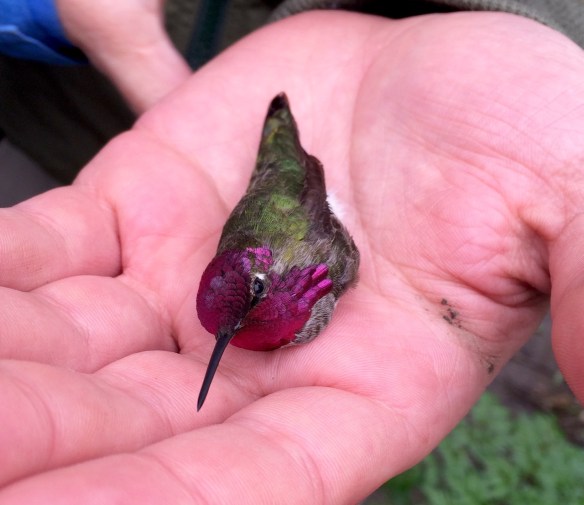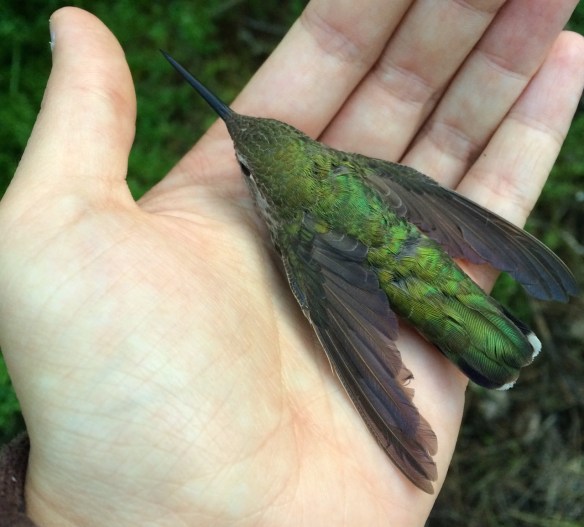Every scientist has a few favorite science stories: those papers or sets of papers that we read early in our careers and then reread often, that we think of when we imagine our own ideal research program. One of mine—not exactly a hidden gem, as it’s in all the textbooks now, and is the subject of a very good general-audience book, The Beak of the Finch—is the Grants’ work on Galápagos finches. Peter and Rosemary Grant have spent decades documenting how bill size and shape in these finches fluctuates as rainy years and droughts change the food available on their small island. It’s as complete a picture of evolution in real time as anyone has ever drawn, and a powerful argument for predictable rules (like “bills must be the right size to open the seeds that are available”) leading to unpredictable outcomes in the complexity of a natural system. It’s beautiful.
I wanted to see if I could see similar patterns in the juncos. Like the finches, juncos are primarily seed-eaters. Unlike the finches, the juncos are not neatly contained on a small island; and unlike the Grants, I did not have 30 years to study them. Fortunately, I work in a museum, which is basically a biological time machine. Want to know what junco bills looked like in 1915? No problem!
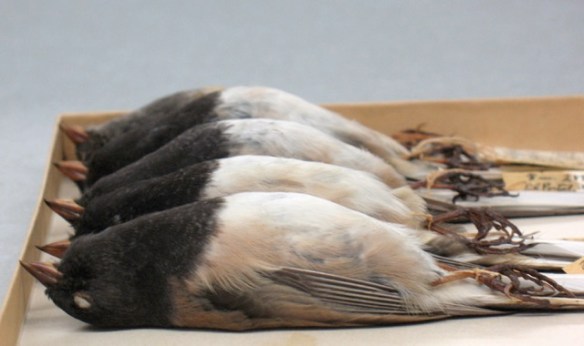
Thus my time communing with the long-dead feathered denizens of the specimen drawers. Where the Grants had had to live through the decades of data they acquired, I took a shortcut.
Like all shortcuts, however, there were some downsides. I did not get to live in the Galápagos. Also, I was very limited in which juncos I could measure: I might be interested in juncos from a certain mountain range, but if a junco from that range hadn’t been stuffed and placed in a drawer 70 years ago, I was out of luck.
Continue reading →
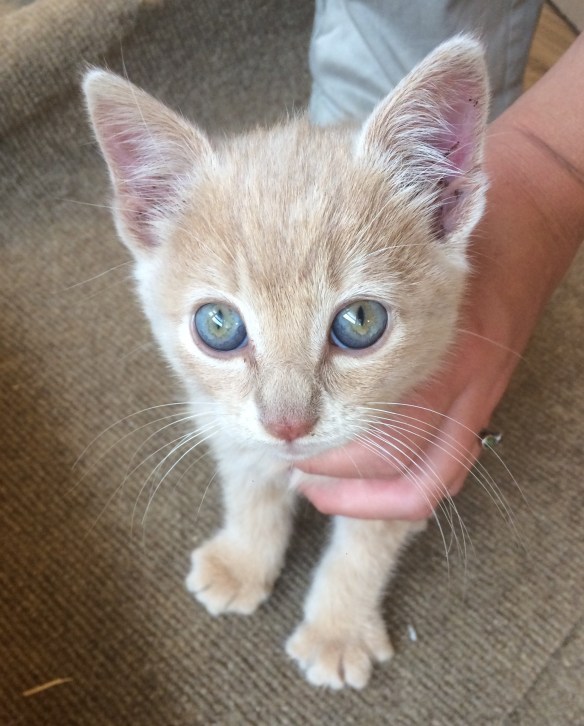


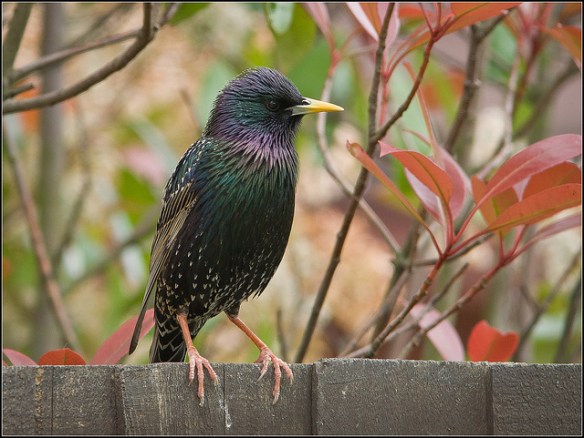
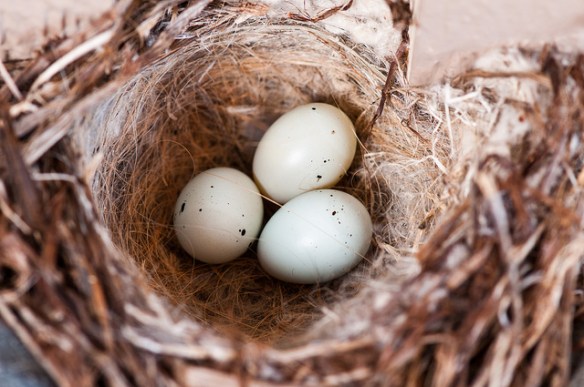
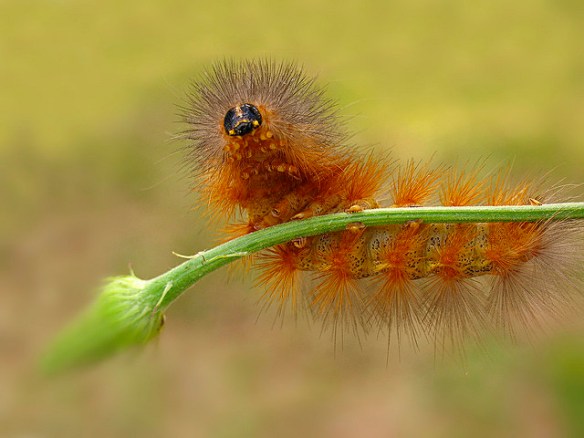

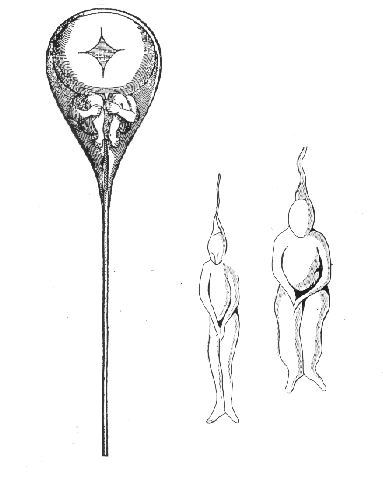
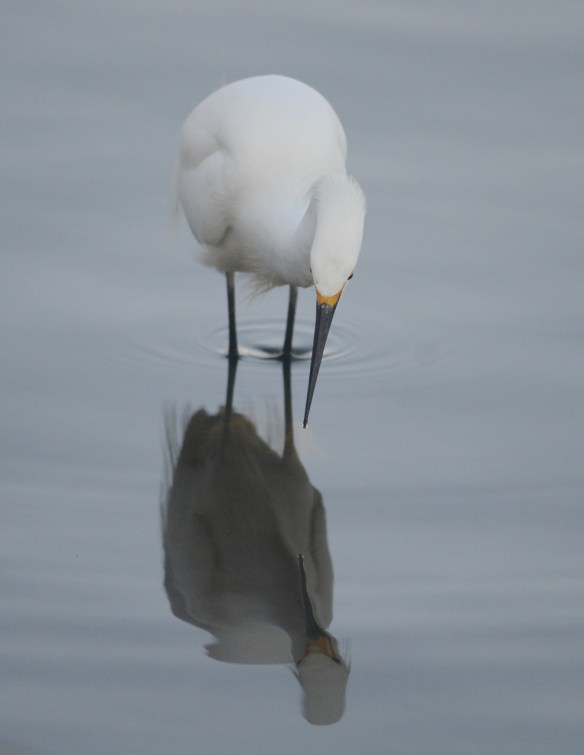 The sun dips low over the bay, its fading rays gilding the avocets as they swish their heads through the water. The egrets eye their own reflections as if in profound self-contemplation. A willet flashes past, its black-and-white wings an exclamation in the dusk.
The sun dips low over the bay, its fading rays gilding the avocets as they swish their heads through the water. The egrets eye their own reflections as if in profound self-contemplation. A willet flashes past, its black-and-white wings an exclamation in the dusk. Faced with such beauty, two words come irrepressibly to mind: niche partitioning.
Faced with such beauty, two words come irrepressibly to mind: niche partitioning.